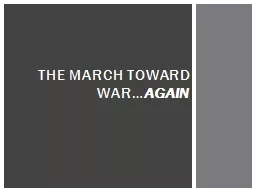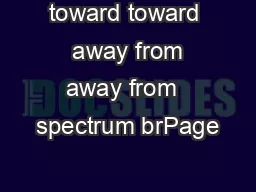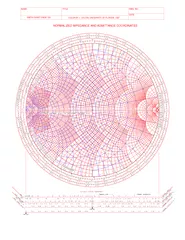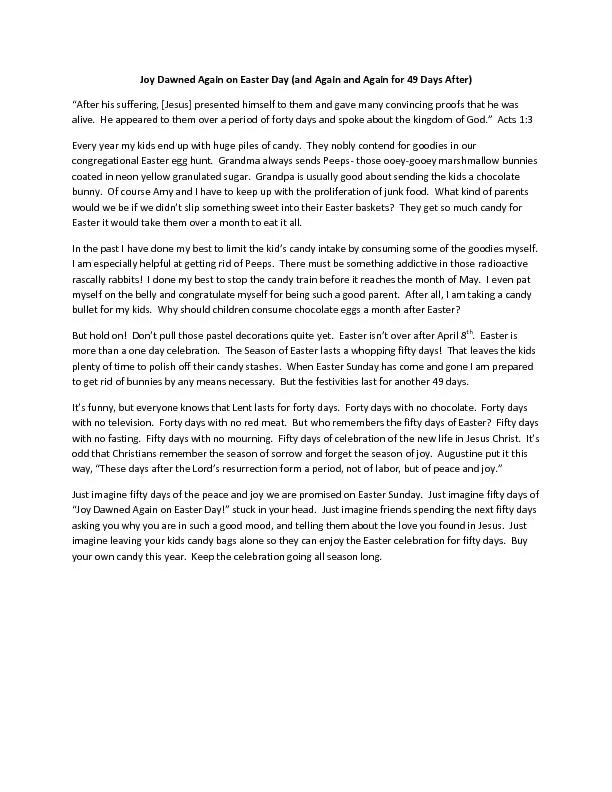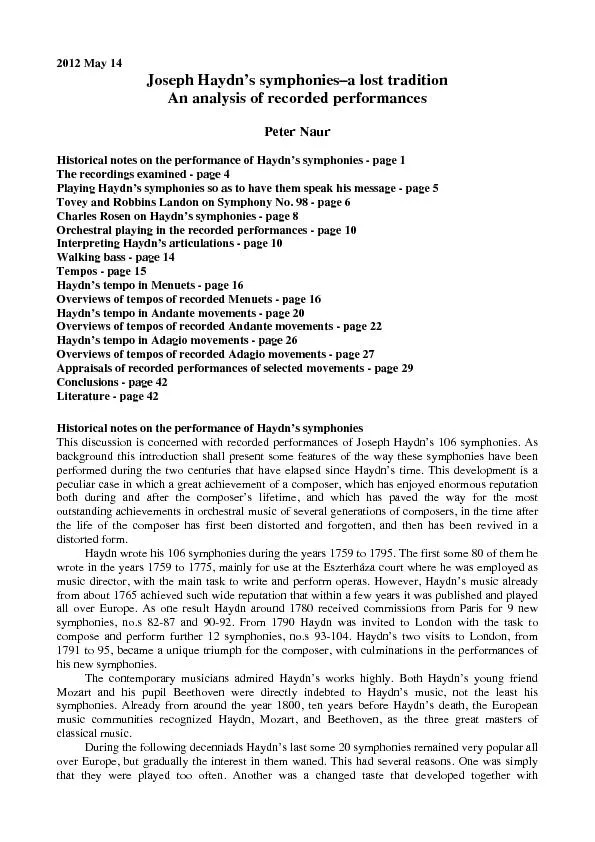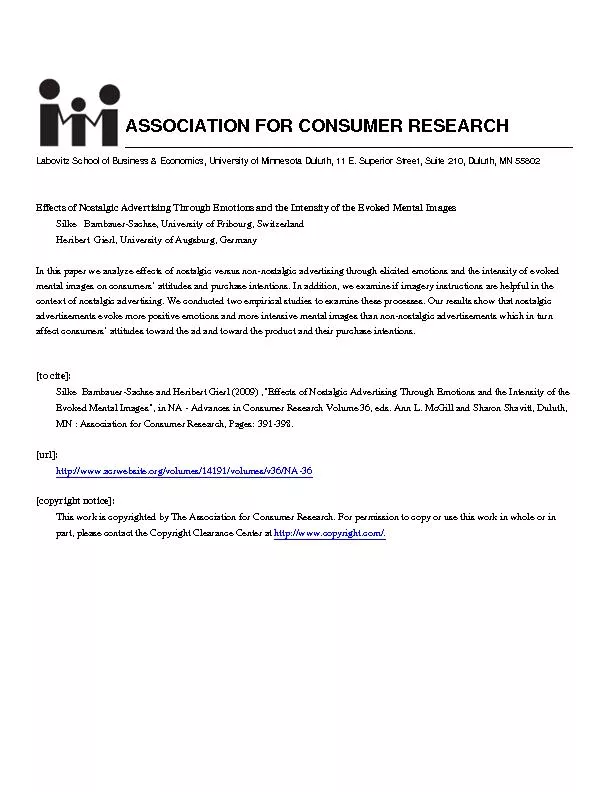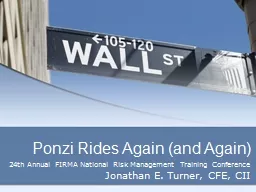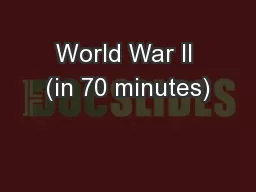PPT-The March Toward War… Again
Author : lois-ondreau | Published Date : 2018-11-06
Who is responsible for enforcing the conditions set forth in the Treaty of Versailles The United States and Great Britain assume policy of isolation Ineffectual
Presentation Embed Code
Download Presentation
Download Presentation The PPT/PDF document "The March Toward War… Again" is the property of its rightful owner. Permission is granted to download and print the materials on this website for personal, non-commercial use only, and to display it on your personal computer provided you do not modify the materials and that you retain all copyright notices contained in the materials. By downloading content from our website, you accept the terms of this agreement.
The March Toward War… Again: Transcript
Download Rules Of Document
"The March Toward War… Again"The content belongs to its owner. You may download and print it for personal use, without modification, and keep all copyright notices. By downloading, you agree to these terms.
Related Documents

